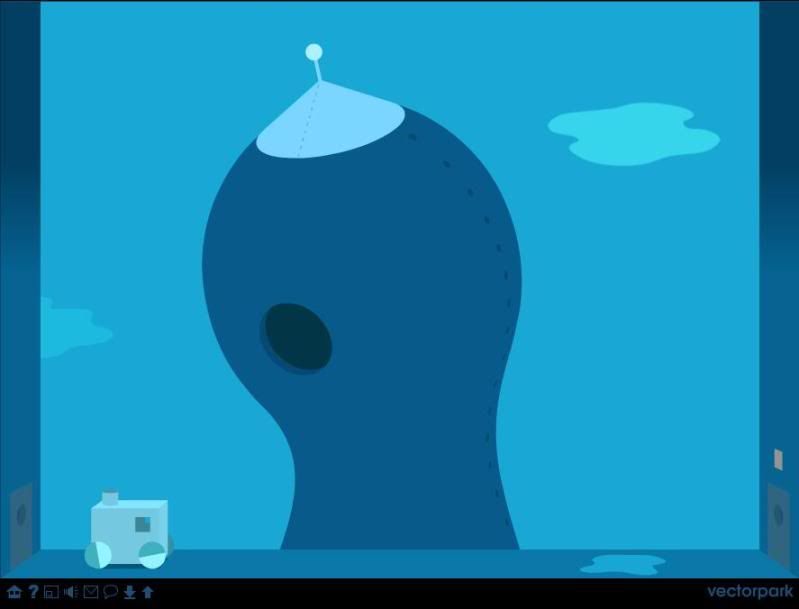Science fiction seems to frequently visit and revisit familiar elements: extraterrestrial colonies, teleportation, alien invasions, technologically advanced societies fallen into some sort of dystopian twilight. There is, as in any genre, good writing and shoddy. There are works that more squarely align with the genre’s central tenets (classics, perhaps?), others that are downright unusual, and some that inhabit a more peripheral space, prodding at logic, imagination, and that slight, niggling feeling that none of this is very foreign after all.
Despite a personal tendency to read other forms of fiction rather more frequently than science fiction, the allure of particular works remain striking. I, for one, had until the past year never heard of the late Kage Baker. Yet, the Novels of the Company series for which she is best known seems to open up entirely new fields of speculation, of narrative structure, of logic and awareness. It may be in itself an entirely new genre. Time travel? Done. Technologically-enhanced human life? Done. Baker takes both of these yet further. The premises of her stories seem straightforward— futuristic society selectively chooses past eras, mechanically and biologically enhances certain individuals to make them virtually immortal, and leaves them with instructions and work to do for “the good of the future.â€
And then, everything begins defying expectations. The historical periods the author visits are rich with historical detail, when it is available. Period speech and politics are realistic. Protagonists are drawn from their own times by some future entity for which they are to work, sent all over the globe and all over history, to Civil War-era California, to sixteenth-century England, to prehistoric times, to times ahead of our own, in which familiar placenames are associated with unfamiliar new attitudes and conventions. Dates and events we know from our textbooks are all bound up in the goings-on.
The plot grows convoluted. Time starts doing strange things. People disappear. The Oddslot Company for which the protagonists are working will tell no one anything. Happenings grow stranger and stranger. Like any piece of science fiction, there are laws of what can and cannot happen. Baker’s world is fully fleshed-out, the characters relatable, the writing easily readable, and, at times, the story emotionally powerful.











